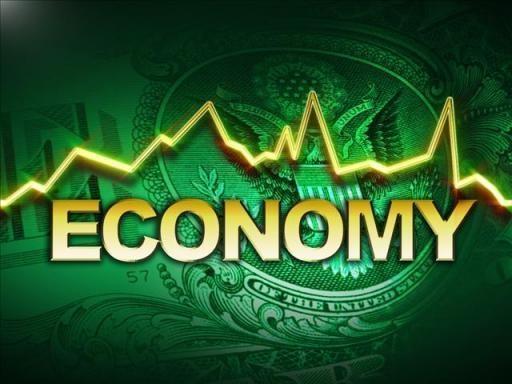Economy

ISM: Manufacturing Sector Continues to Expand
Written by Sandy Williams
January 3, 2018
The U.S. economy overall has grown for 103 consecutive months, and the manufacturing sector for 16 months, based on the Institute for Supply Management’s latest survey of corporate purchasing executives. In December, ISM’s manufacturing PMI climbed 1.5 percentage points to 59.7, well above the reading of 50 that indicates growth.
“This indicates growth in manufacturing for the 16th consecutive month, led by strong expansion in new orders and production with hiring growing at a slower rate and supplier deliveries continuing to struggle,” said ISM Chairman Timothy Fiore.
The new orders index gained 5.4 points to register 69.4 percent and the production index grew 1.9 points for a reading of 65.8 percent. Production had difficulty keeping up with orders and inventory needs, said Fiore, resulting in lower customer inventories and higher backlogs. Supplier deliveries slowed for the 20th consecutive month. Backlogs of orders increased 1 percent to an index reading of 56 percent.
The employment index decreased 2.7 points to 57 percent in December as firms found it harder to find new workers and used higher starting wages as an incentive for recruits.
Raw material inventories contracted in December, as did customer inventories. Production was insufficient to meet customer inventory demands, reported ISM. Primary metals was among the industries reporting lower raw and customer inventories.
The ISM Prices Index rose 3.6 points to 69 percent indicating an increase in raw material prices. The ISM Business Survey Committee noted increases for steel, aluminum, copper and scrap.
New export orders increased for 10 industries and imports were higher for 13 industries. Primary metals was the only industry to report decreases in export orders and imports.
Survey respondents had the following comments:
- “First-quarter 2018 probably will be better than fourth-quarter 2017.” (Fabricated Metal Products)
- “Domestic and international sales on the rise.” (Transportation Equipment)
- “Our business is moving higher into the new year. Increased sales are resulting in increased purchases of CapEx and raw materials.” (Chemical Products)
- “Strong international sales — Europe and Australia — versus last two years. U.S. sales continue to grow. Seeing commodity pricing pressures.” (Machinery)
- “Business conditions are good; we are tracking well to our projections for the year.” (Miscellaneous Manufacturing)

Sandy Williams
Read more from Sandy WilliamsLatest in Economy

New York state manufacturing index drops again in April
Firms were pessimistic, with the future general business conditions index falling to its second lowest reading in the more than 20-year history of the survey

Construction adds 13,000 jobs in March
The construction sector added 13,000 jobs, seasonally adjusted, in March, but tariffs could undermine the industry.

Supply chains, end-users brace for impact from tariffs
Supply chains are working through what the tariffs mean for them

ISM: Manufacturing expansion loses steam after two months of growth
US manufacturing activity slowed in March after two straight months of expansion, according to supply executives contributing to the Institute for Supply Management (ISM)’s latest report.

Chicago Business Barometer rose to 16-month high in March
The Chicago Business Barometer increased for the third-consecutive month in March. Despite this, it still reflects contracting business conditions, as it has since December 2023.
